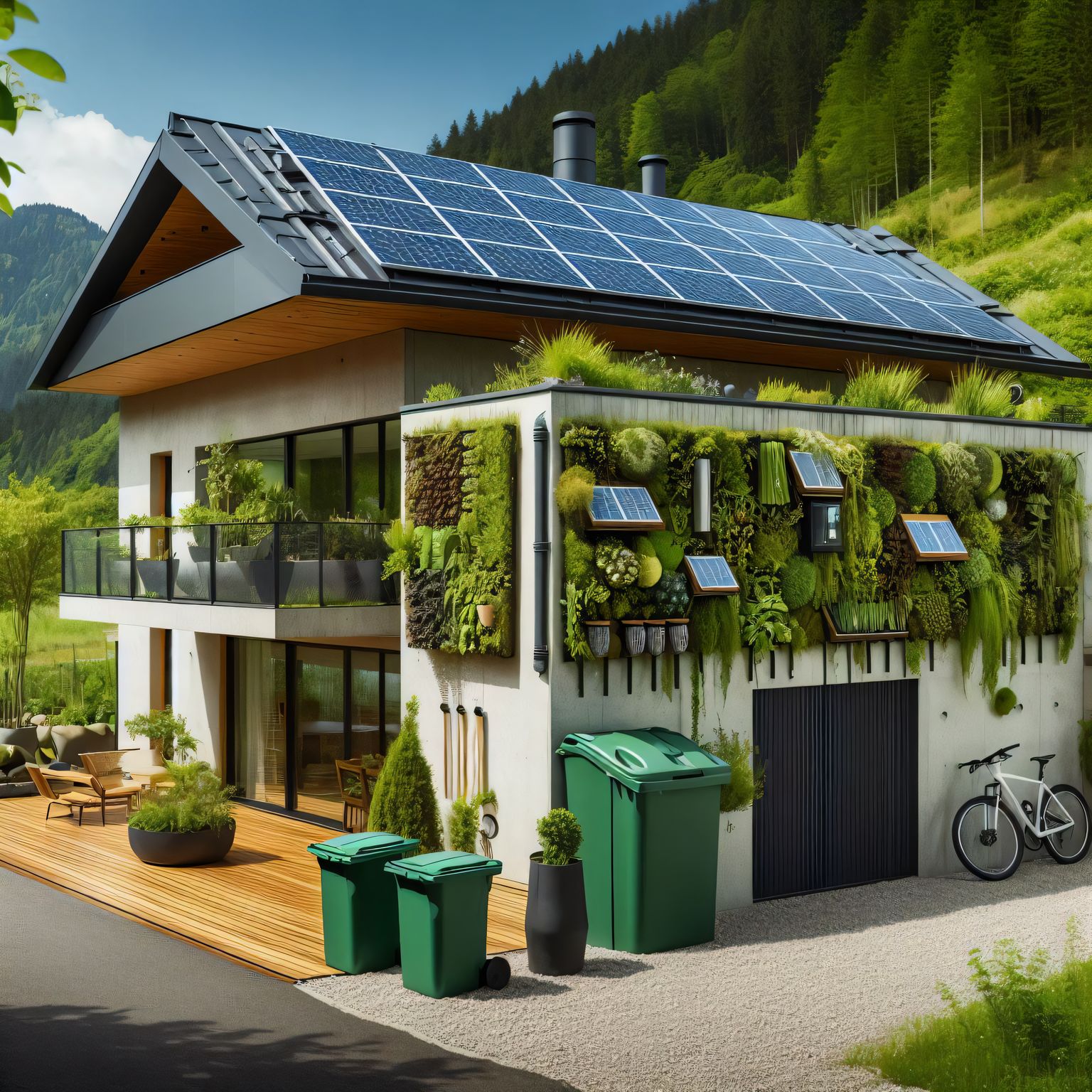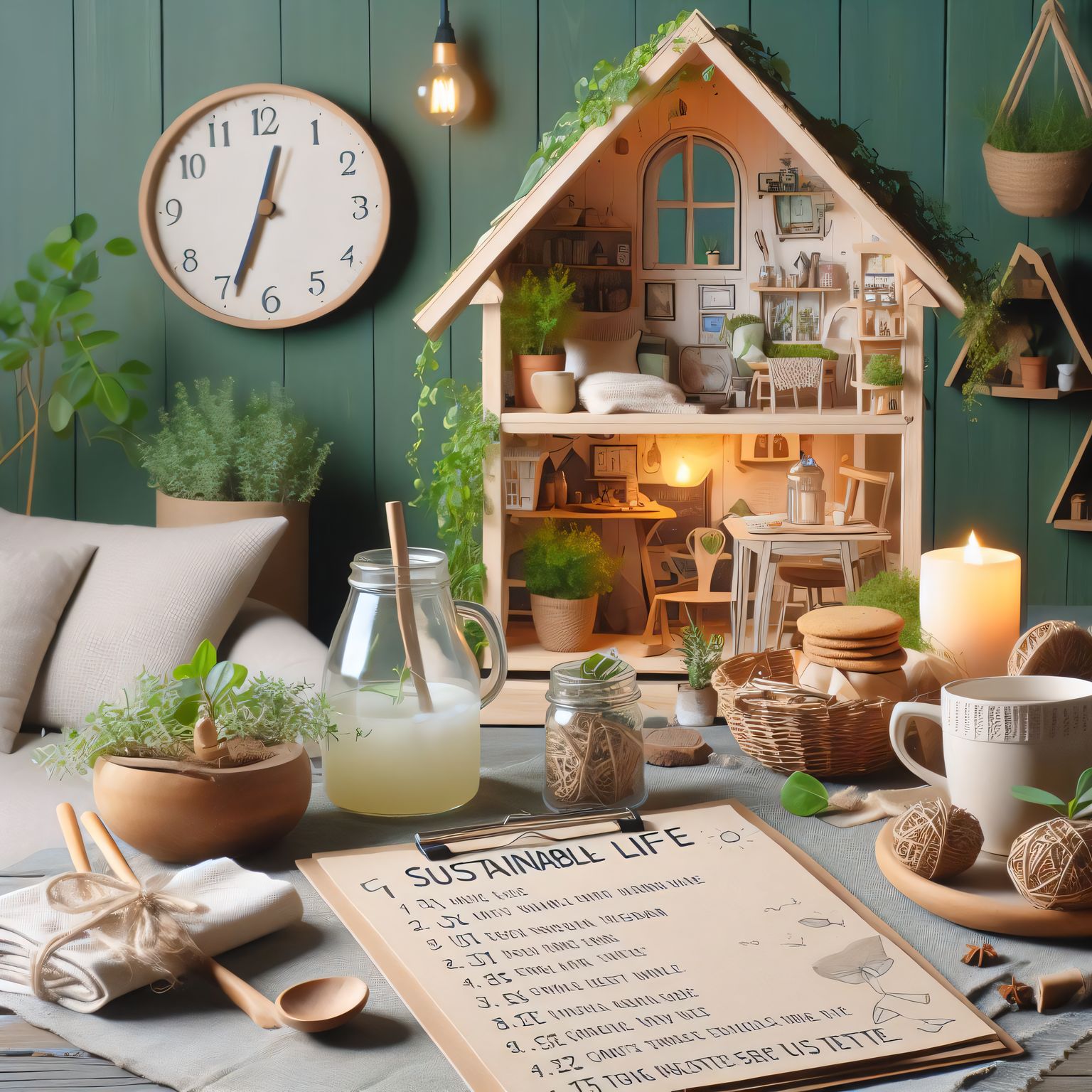For gardeners seeking beauty without constant toil, a low-maintenance garden is the ultimate dream. By selecting hardy plants adapted to local conditions, pursuing sustainable practices, and designing wisely, it is possible to cultivate a stunning outdoor space that thrives with minimal effort. Follow these tips to create your own low-maintenance garden paradise.
The Fundamentals: Choosing Low-Maintenance Plants
The foundation of any low-maintenance garden begins with plant selection. Seek out species naturally resilient to common stresses like drought, pests, and diseases. Durable native plants adapted to local climate and soil are always excellent choices.
Look for plants with these low-maintenance features:
- Drought tolerance – Require minimal watering once established. Examples: Lavender, Salvia, Sedum, Coreopsis, Verbena.
- Pest/disease resistance – Resist common debilitating pests and diseases without chemical interventions. Examples: Lavender, Rosemary, Sage, Mint, ornamental grasses.
- Slow growth – Grow at a restrained pace, reducing pruning. Examples: Lavender, Rosemary, Boxwood, Barberry, Juniper.
- Self-cleaning – Naturally shed spent blooms/leaves, reducing debris cleanup. Examples: Coreopsis, Gaillardia, Daylily, Russian Sage.
- Hardy – Endure temperature extremes and other environmental stresses. Examples: Sedum, Mint, Wild Ginger, Iris, Rudbeckia.
- Evergreen – Retain foliage year-round for constant color and texture. Examples: Lavender, Rosemary, Pine, Boxwood, Juniper.
- Native – Adapted to thrive in local climate/soil with minimal inputs. Varies by region.
Avoid high maintenance specimens like hybrid roses, tropicals, delicate perennials, fast-growing shrubs, and thirsty lawns.
The Art of Water-Wise Landscaping
- Group plants by water needs – Cluster specimens with similar requirements to simplify irrigation. Lavender thrives on drought, while astilbe needs consistent moisture. Group accordingly.
- Mulch, mulch, mulch – Mulch insulates soil, reduces evaporation, and suppresses weeds. Organic mulches like wood chips naturally enrich soil as they decompose. Spread 2-4 inches around plants.
- Efficient irrigation – Water early morning. Target roots, not leaves. Water deeply, infrequently. Install drip irrigation or soaker hoses to deliver water to roots.
- Collect rainwater – Install rain barrels to capture precipitation for irrigation. Direct downspouts into barrels.
- Remove thirsty lawns – Replace high-maintenance lawns with low-care native groundcovers, mulched beds, hardscapes, and drought-tolerant turf varieties.
- Select specimens suited to natural rainfall – Once established, many natives thrive purely on seasonal precipitation without supplemental water.
The Wisdom of Bio-Friendly Practices
- Fertilize minimally – Excess fertilization stresses plants and degrades water quality. Follow package rates. Avoid overapplying.
- Accept imperfection – Minor insect damage on hardy plants isn’t detrimental. Tolerate minor aesthetic damage to avoid pesticide overuse.
- Encourage natural predators – Welcome birds, bats, beneficial insects that prey on pests by providing shelter, nest boxes, native plants.
- Foster plant health – Healthy, vigorous plants better resist pests/disease. Ensure proper cultural care.
- Hand-remove pests – Manually remove bothersome pests like aphids when possible instead of spraying pesticides.
- Use organic/non-toxic solutions – Apply organic/non-toxic pest/disease remedies as needed instead of chemical interventions.
The Power of Thoughtful Design
- Group compatibly – Cluster plants with similar cultural preferences like sun exposure, soil moisture, and pH.
- Right plant, right place – Match plants to the conditions of each garden spot for optimal growth. Site moisture-lovers near downspouts, sun-worshippers away from shadows.
- Space properly – Allow adequate room for specimens to reach mature size without excessive pruning. Check plant tags for spacing needs.
- Edge thoughtfully – Edge beds cleanly to keep surrounding lawns and paths neatly contained. Use steel, stone, or aluminum landscape edging.
- Define clearly – Use paths, fences, trellises, borders to clearly separate distinct garden areas like beds, play spaces, patios.
- Prioritize access – Incorporate paths/stepping stones to easily reach each area for care and harvest.
- Minimize slopes – Steep slopes are difficult to maintain. Limit steep areas, use retaining walls, terracing, groundcovers to manage runoff/erosion.
- Favor simplicity – Intricate, elaborate designs require excessive work to maintain. Opt for simple, classic patterns.
Low-Maintenance Garden Plant Ideas
Ornamental Grasses
Ornamental grasses are stars of the low-maintenance landscape. These graceful perennials add texture and movement with minimal care required.
Varieties like Muhly Grass, Fountain Grass, and Switch Grass thrive in poor soil, require little watering, resist pests and disease, and ask only annual pruning. Available in array of shapes, sizes, colors to suit any garden. Excellent as specimen plants, borders, screens, or massed plantings.
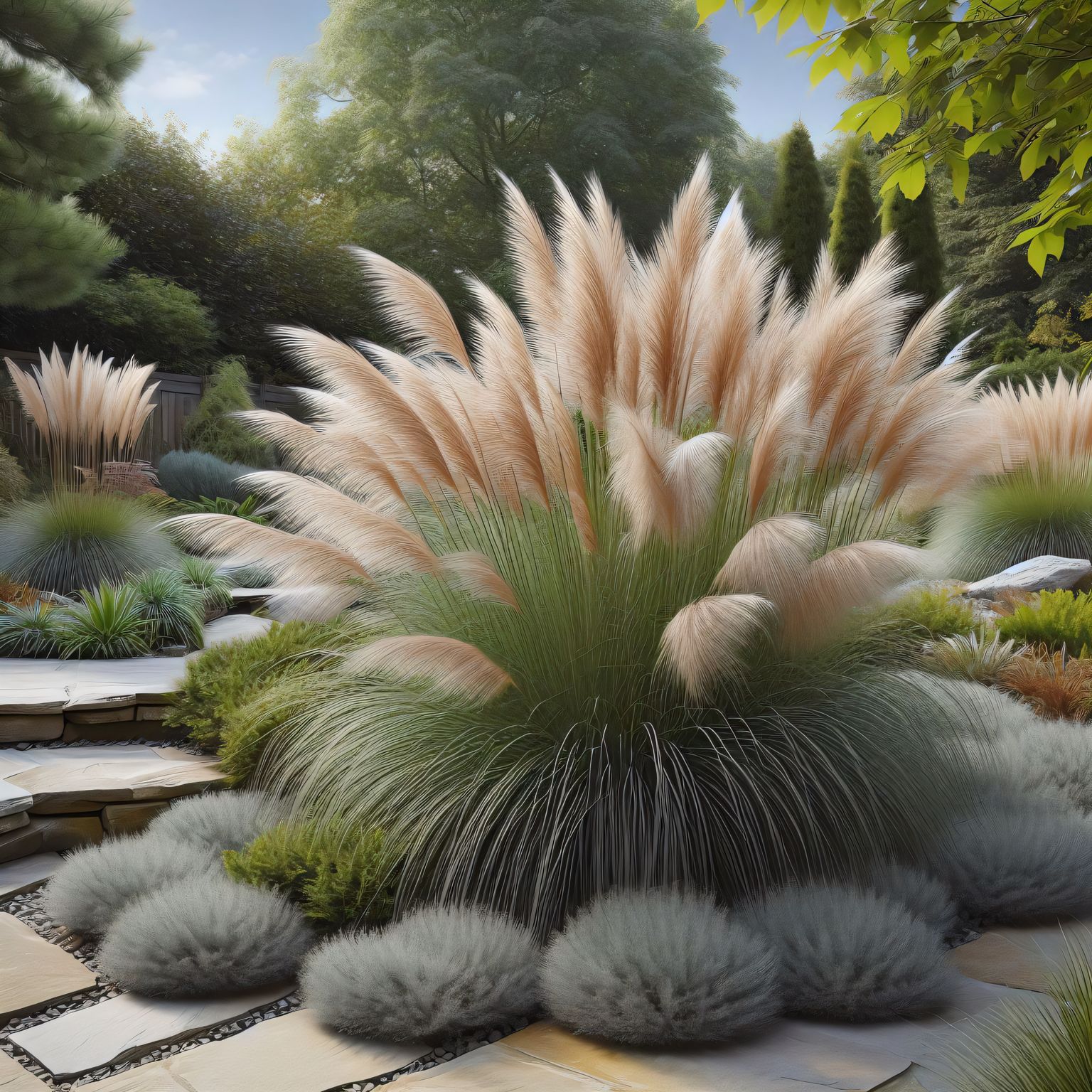
Perennials
- Hardy Geranium – Adaptable, long-blooming, and pest/disease resistant. Deadhead spent blooms to encourage more flowers.
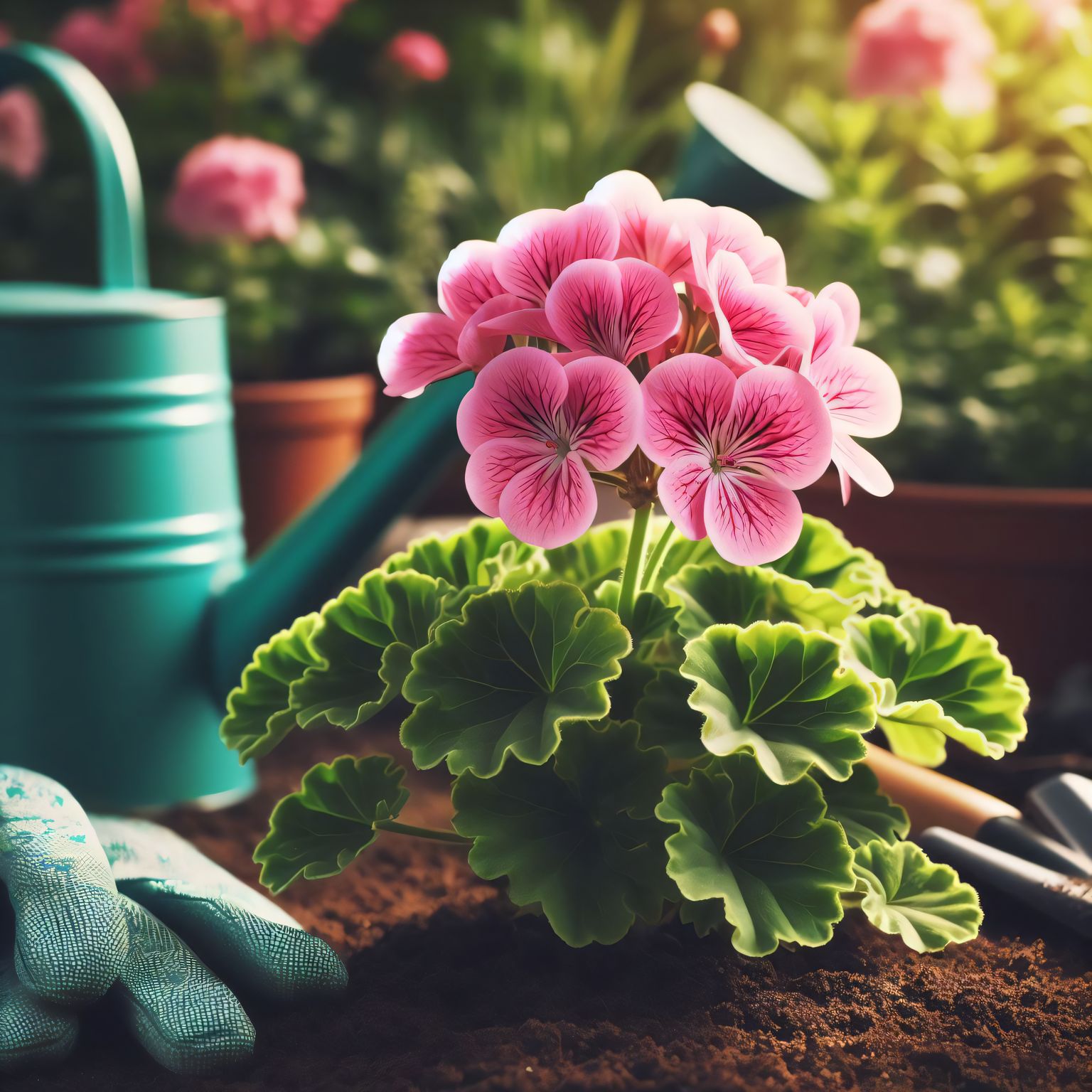
- Catmint – Withstands drought, heat, pests, and disease. Cut back after first flush of blooms for second show of color. Attracts pollinators.
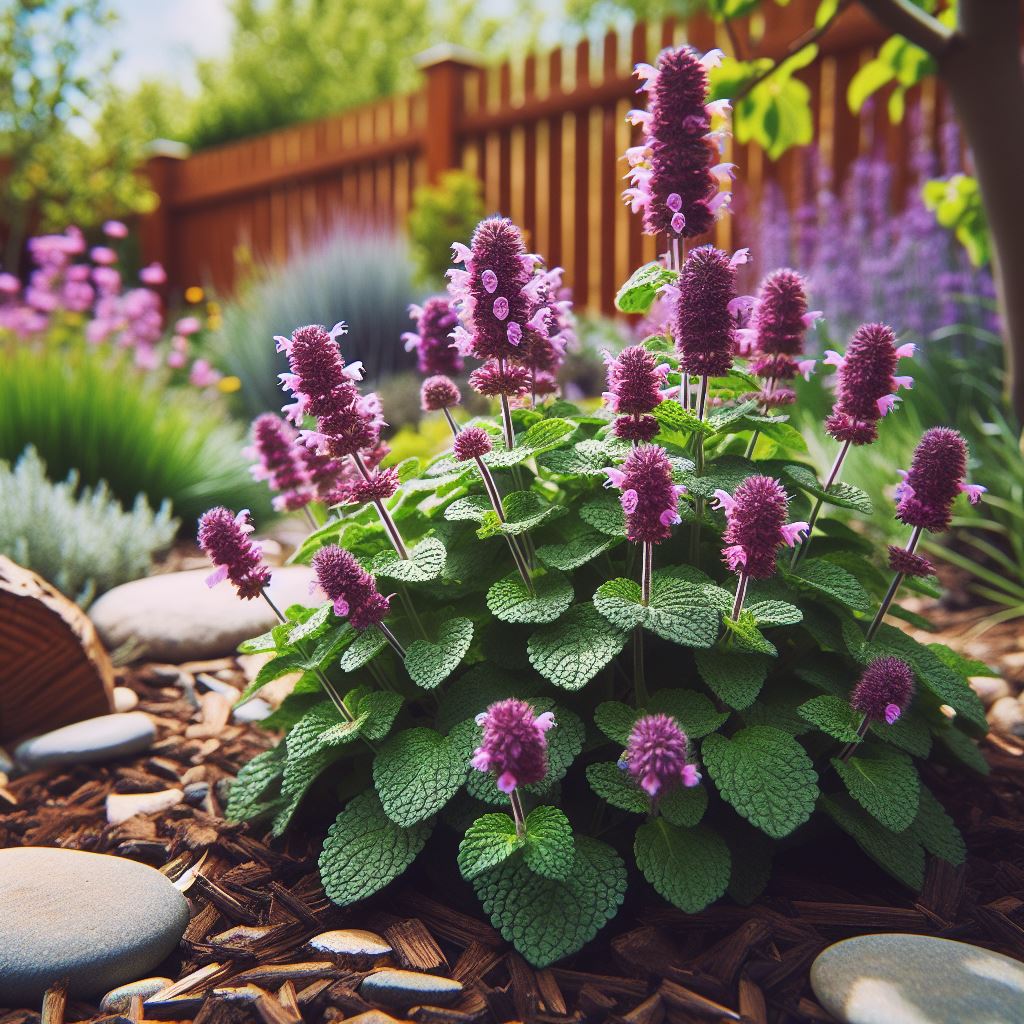
- Yarrow – Tolerates poor soil, drought, pests, and disease. Prune spent blooms to maintain tidy appearance. Flowers attract butterflies.

- Blanket Flower (Gaillardia) – Heat and drought tolerant. Deadhead to extend bloom period. Occasional division rejuvenates growth.
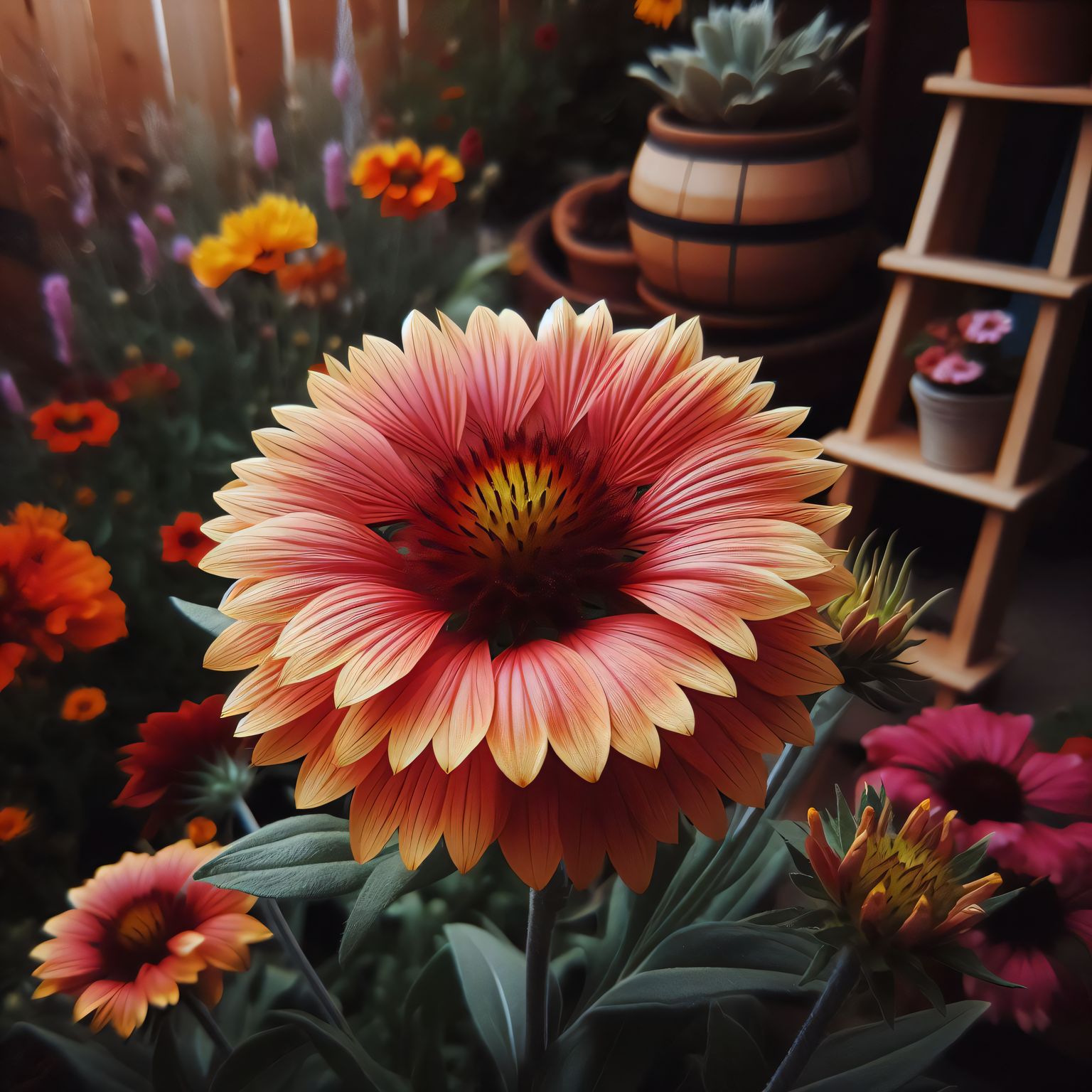
- Siberian Iris – Remove spent blooms to prevent seeds. Divide clumps every 3-4 years to maintain vigor. Resists pests and does well in poor soil.
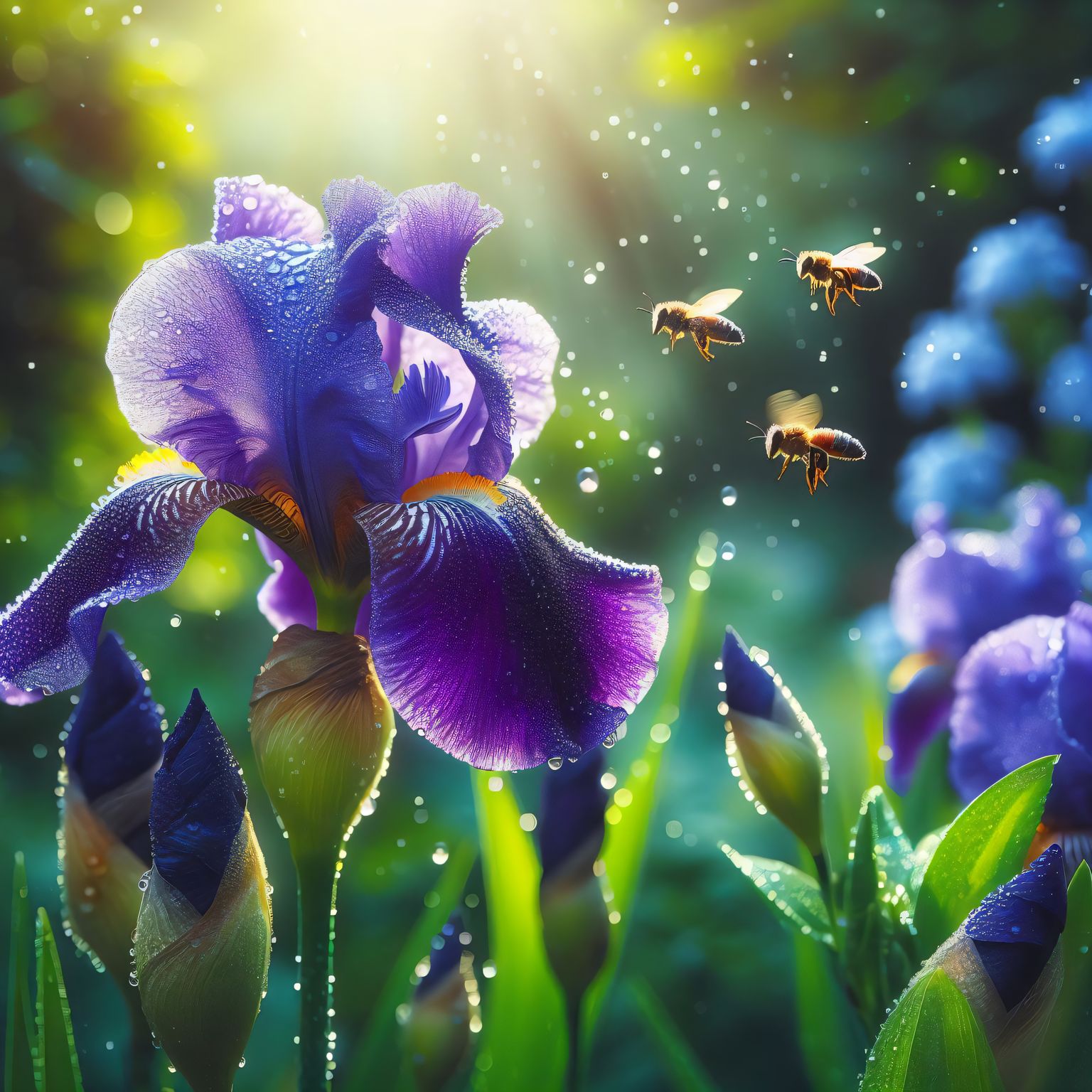
- Daylily – Extremely adaptable to various conditions. Divide every few years to control spread. Remove spent blooms to prevent self-seeding.
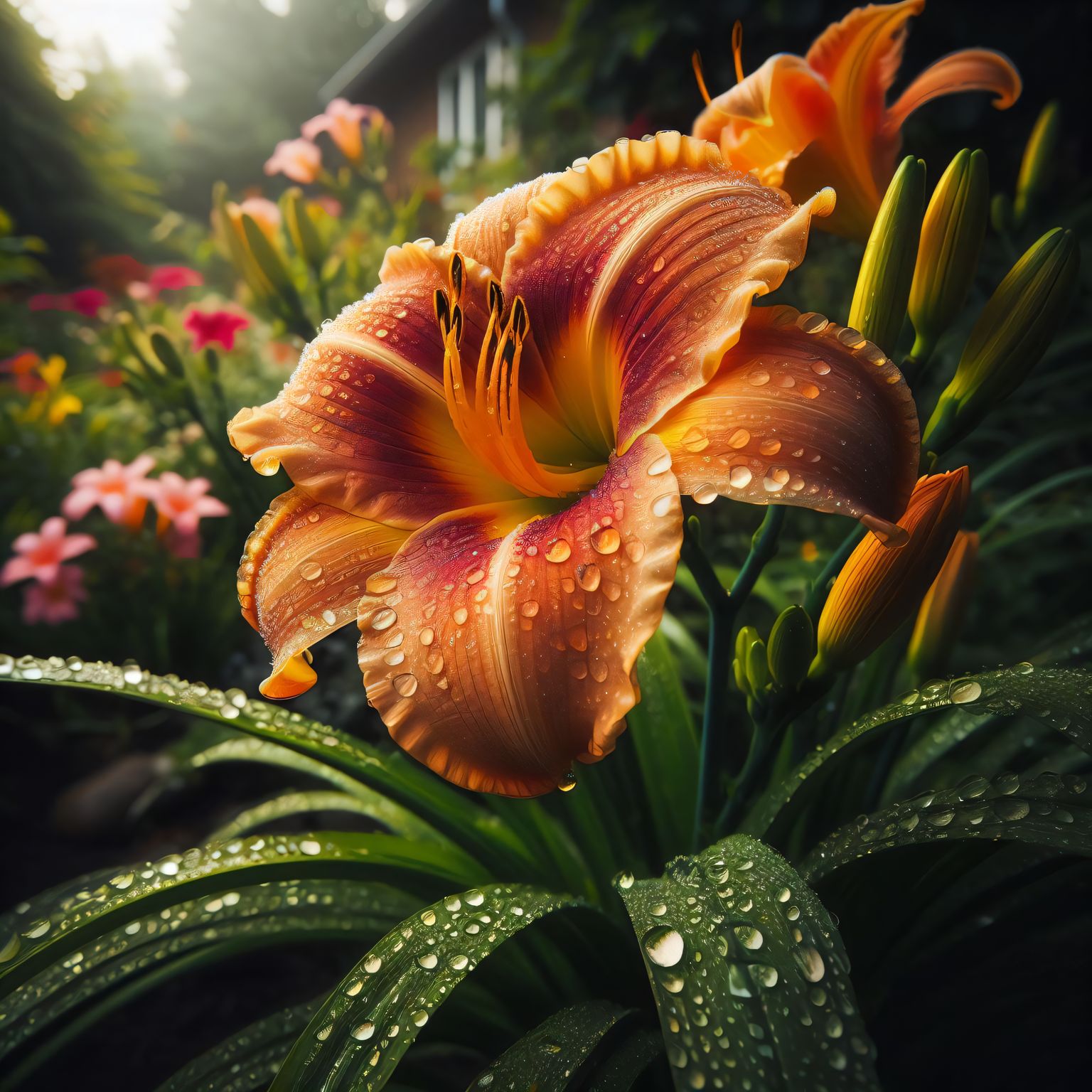
- Black Eyed Susan – Cheerful yellow summer blooms even in poor soil. Self-seeds to fill in bare spots. Leave seed heads for winter interest.
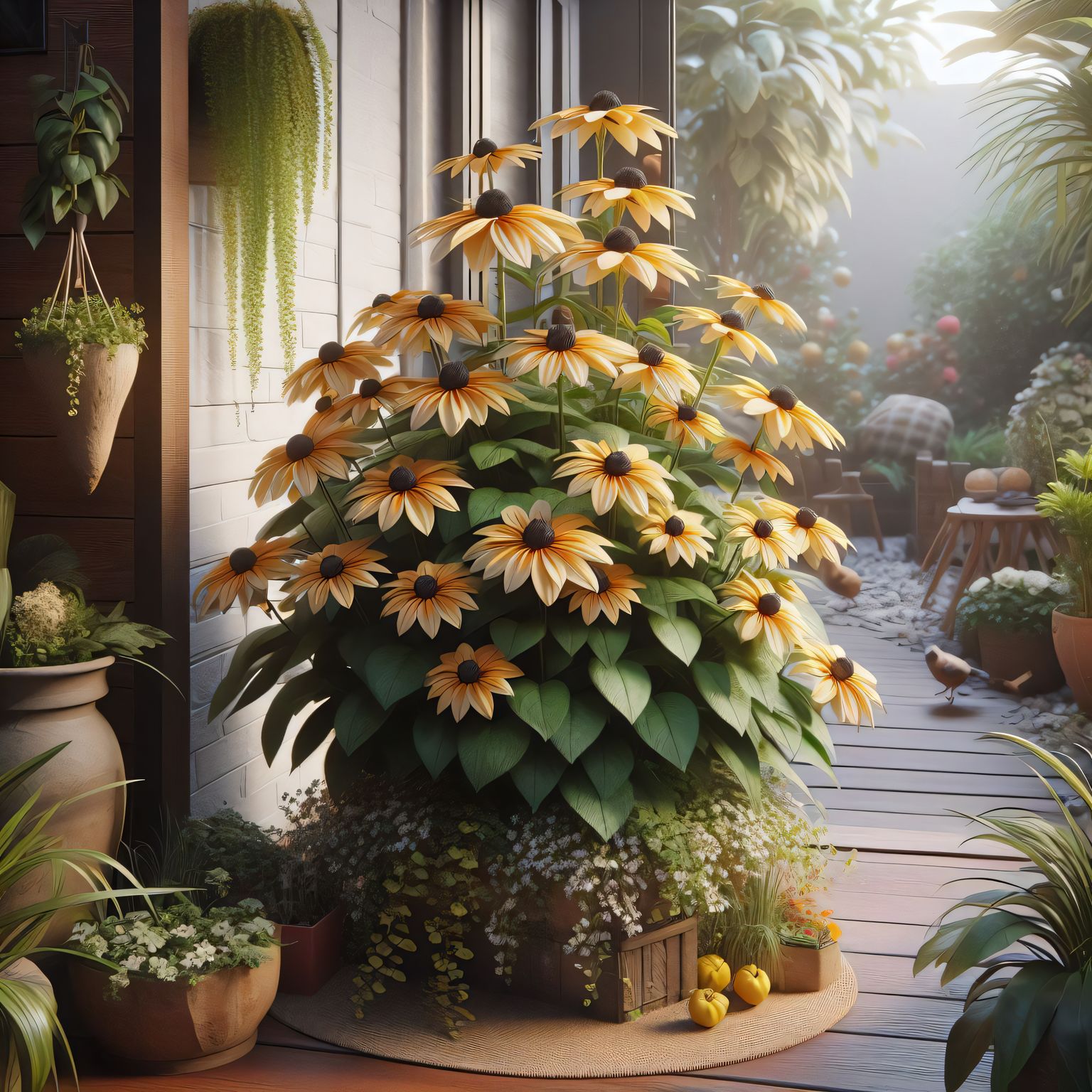
- Blazing Star – Unique purple flower spikes in summer. Tolerates drought, pests, diseases, and clay soil. Avoid fertilizing.
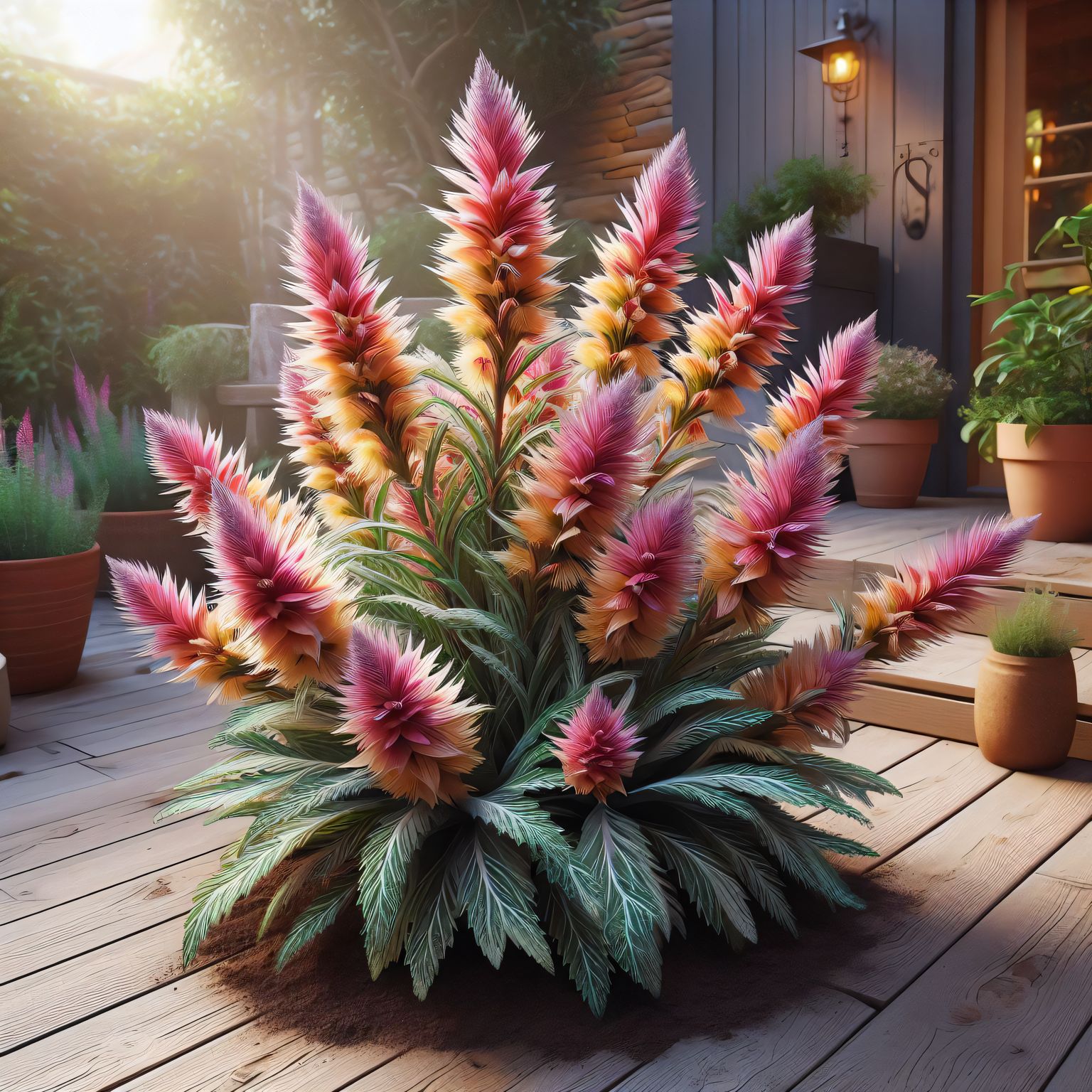
- Wild Columbine – Delightful red and yellow blooms in spring. Self-seeds readily. Hummingbirds love the nectar-rich blooms.
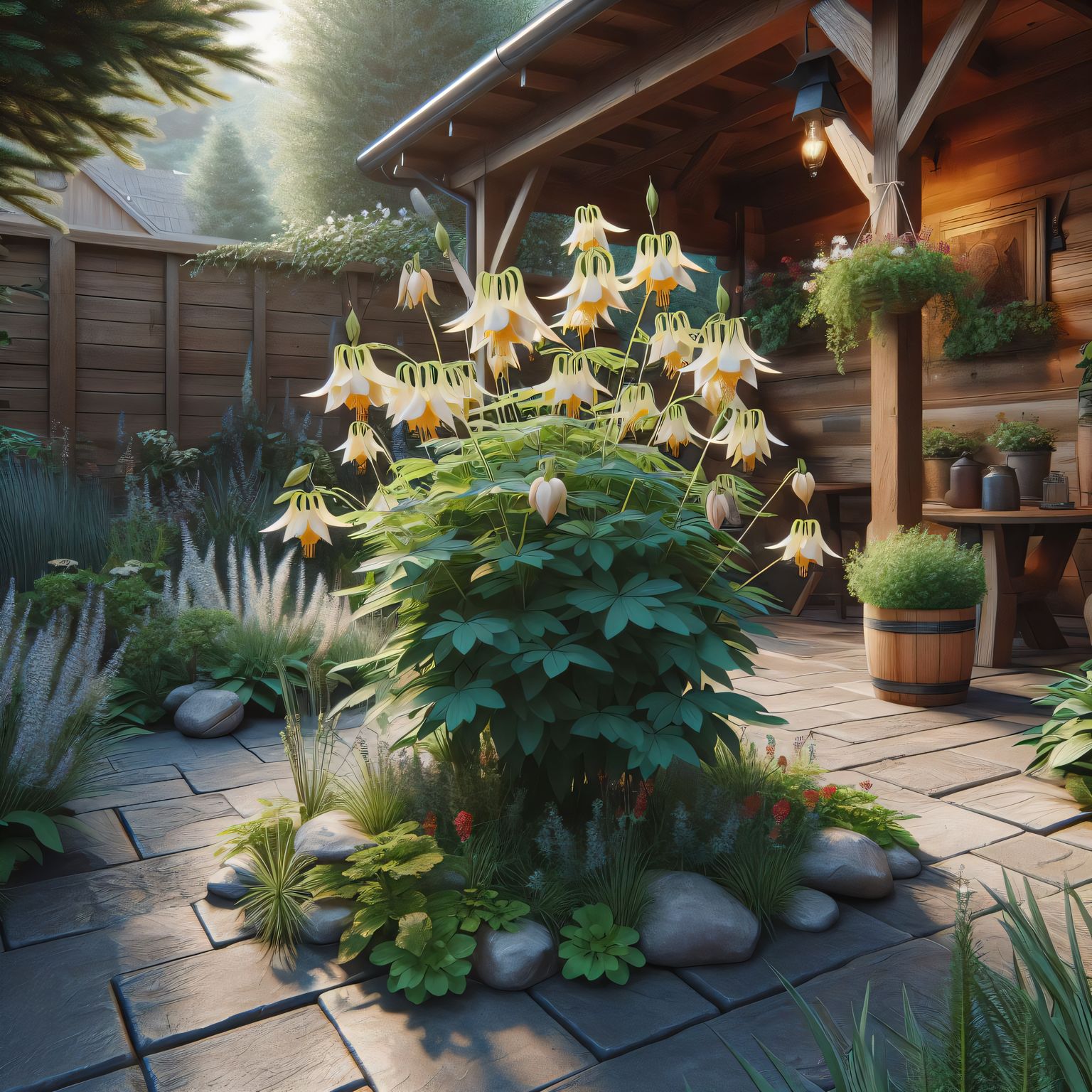
Shrubs
- Boxwood – Classic formal hedge or border plant. Slow-growing so occasional pruning to shape satisfies. Does well in shade.
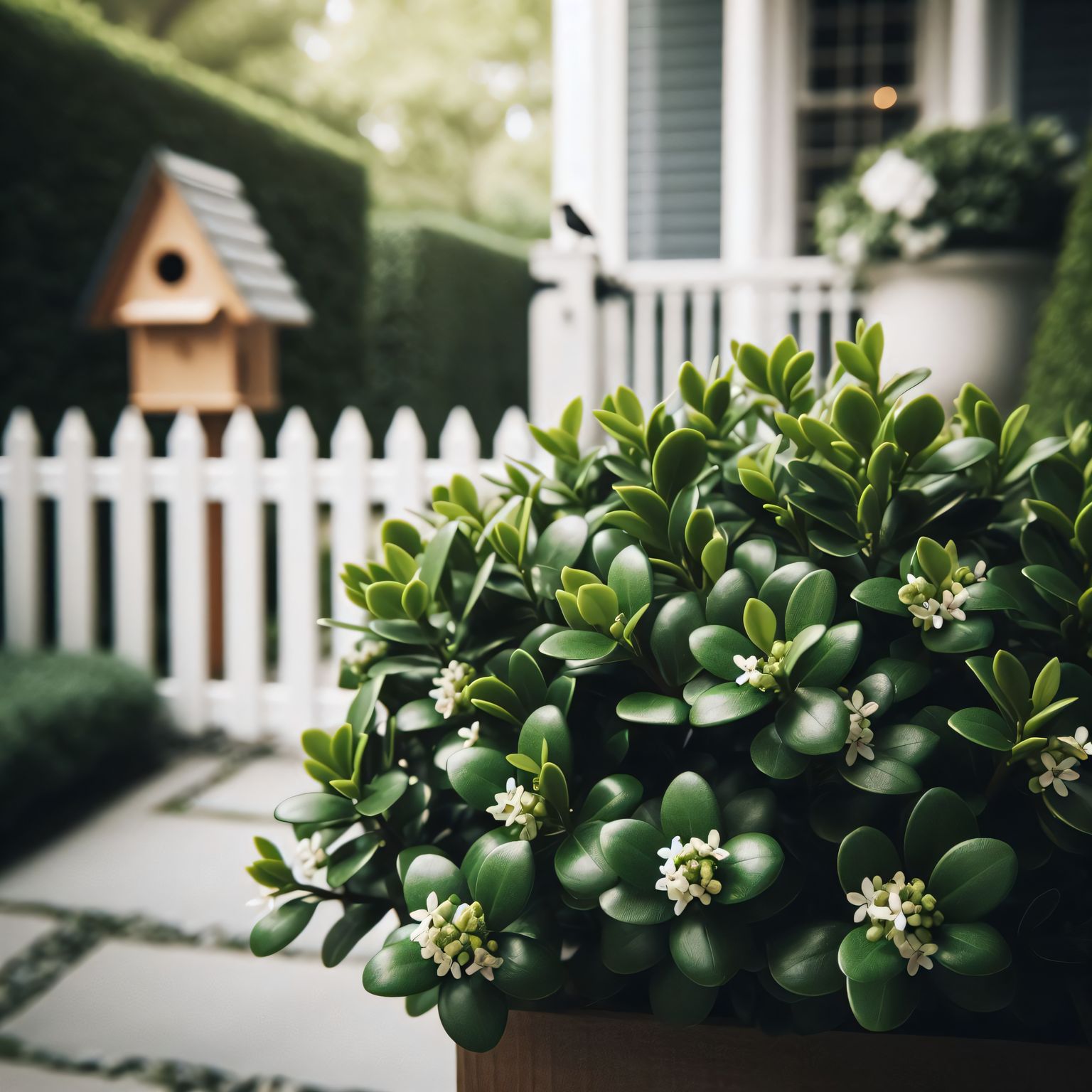
- Lavender – Enjoy fragrant blooms and foliage. Tolerates heat, drought, pests, and poor soil. Prune annually to maintain compact shape.
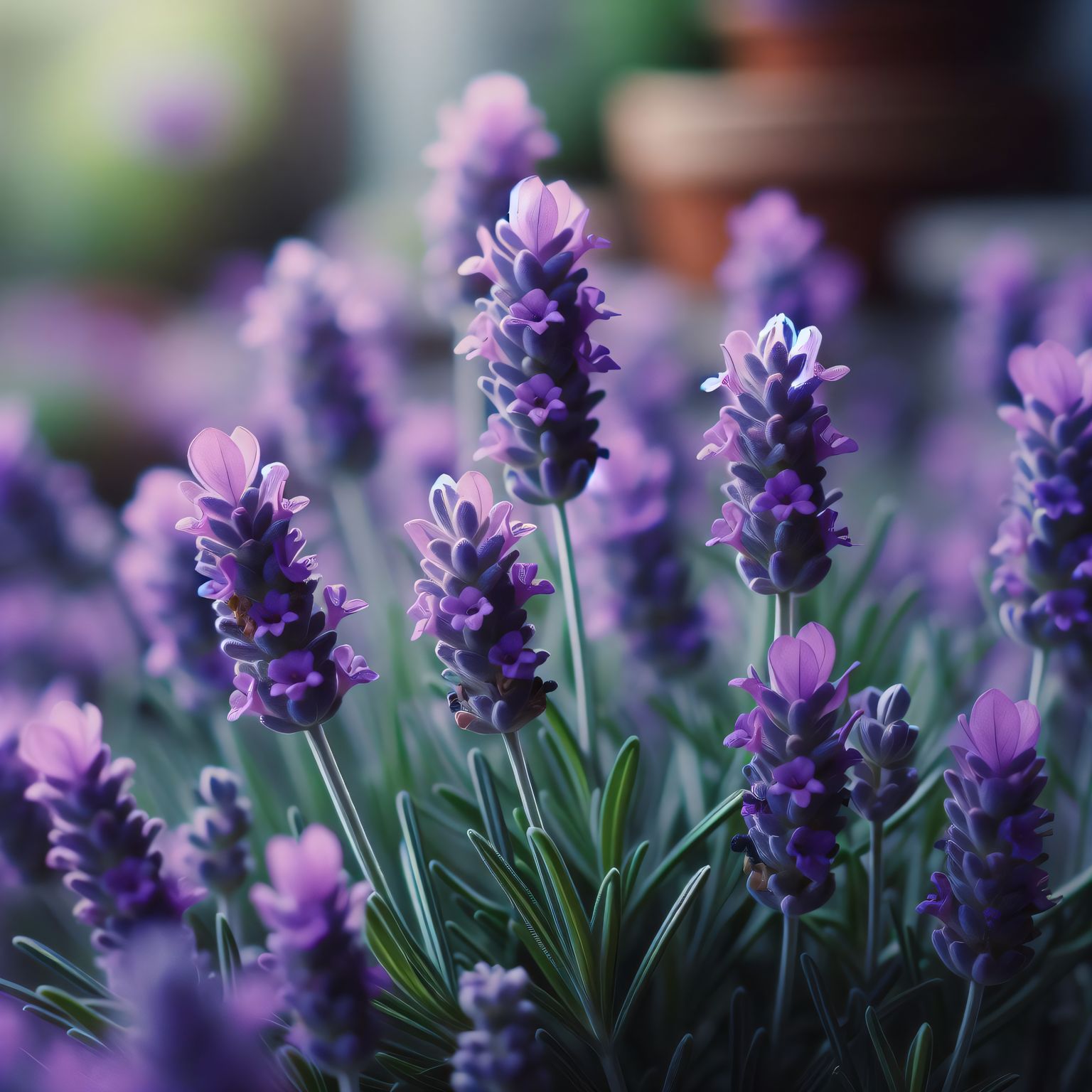
- Barberry – Spiny branches discourage deer. Dense growth habit limits weeds. Drought tolerant once established. Minimal pruning needed.
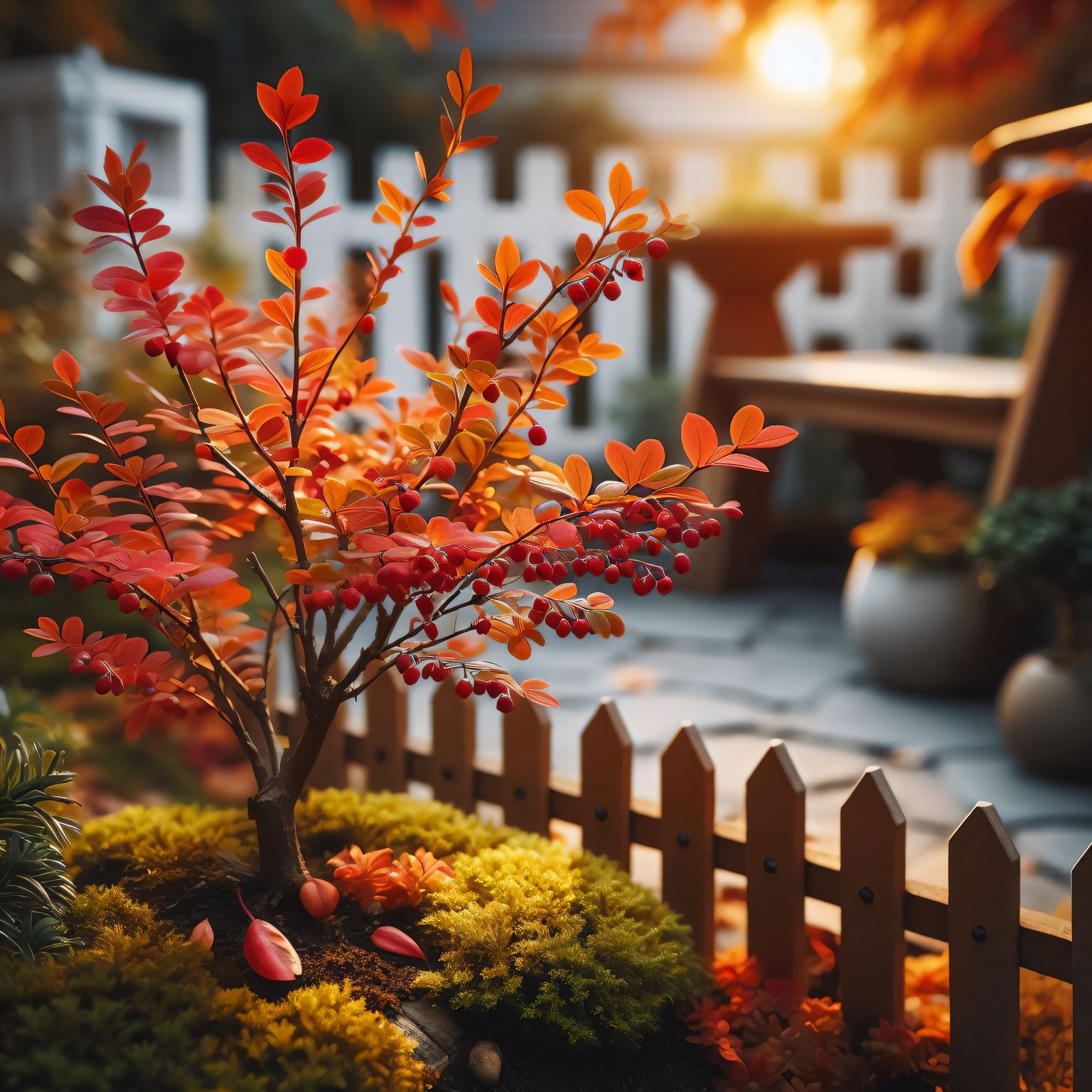
- Juniper – Versatile evergreen available in array of shapes. Thrives in poor soil. Drought tolerant. Little to no pruning required.
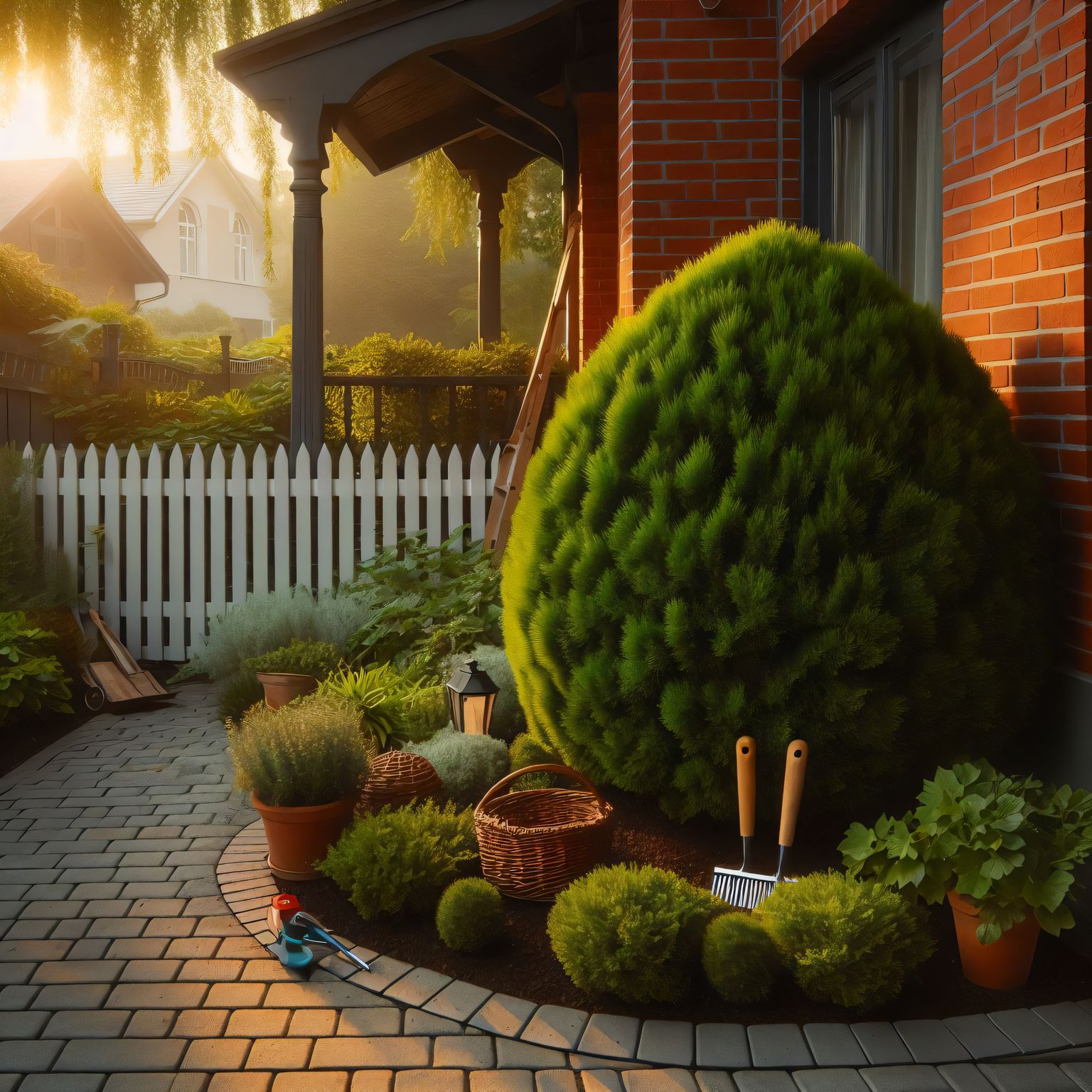
- Spruce – Classic narrow evergreens perfect for screens, hedges, and specimen plants. Slow-growing and pest/disease resistant.
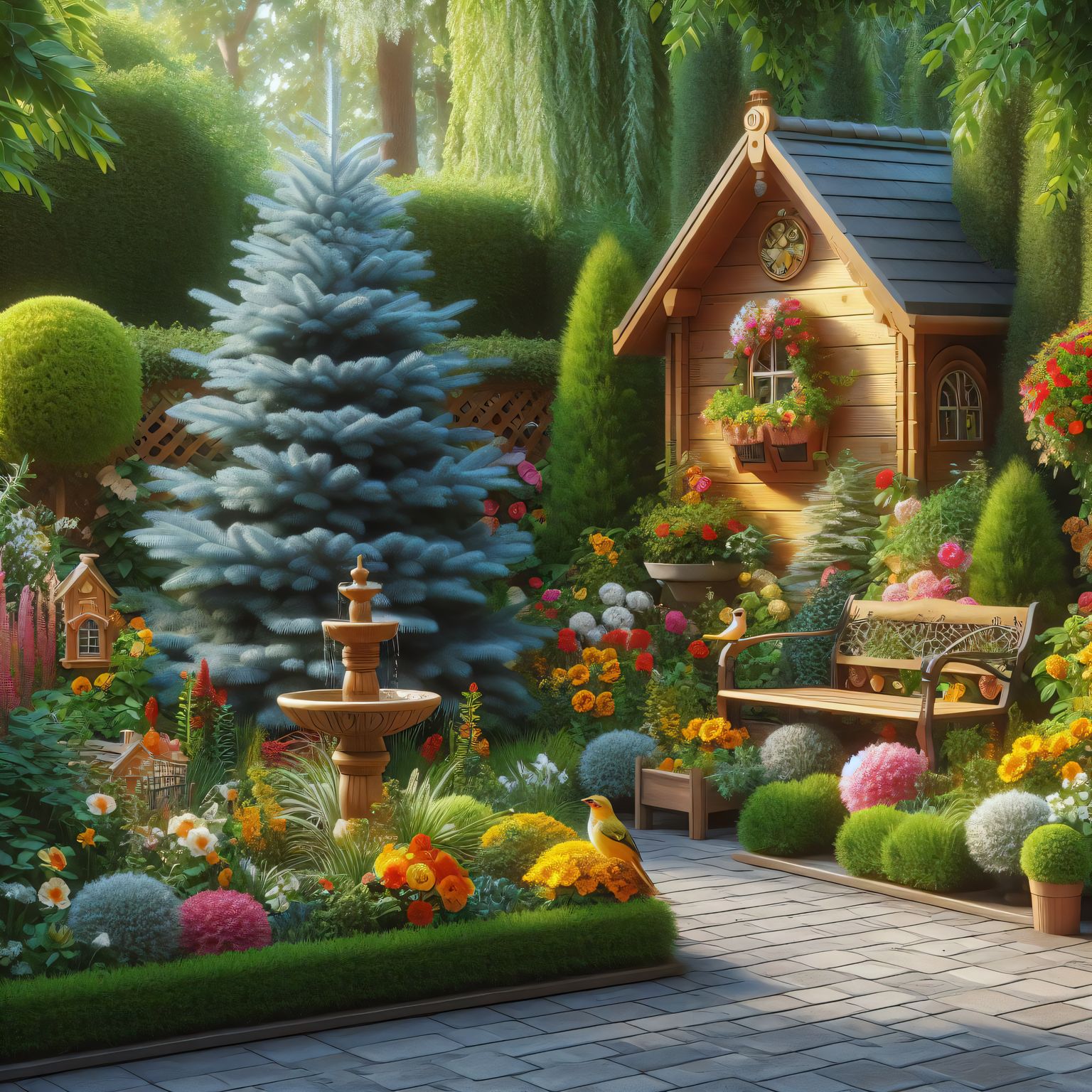
- Summersweet – Pretty white blooms in summer with minimal care needed. Prune for shape after flowering. Tolerates poor drainage.
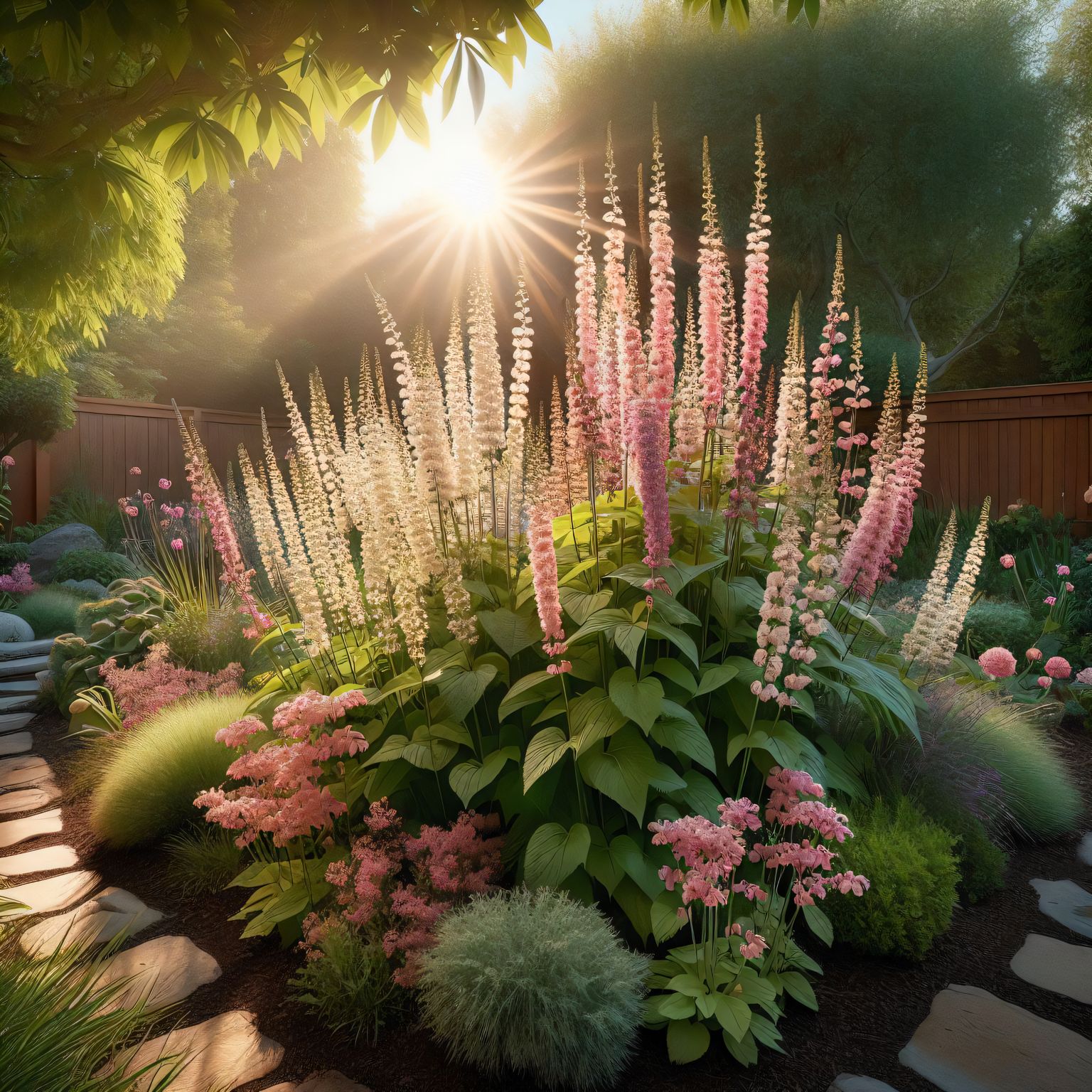
- Oakleaf Hydrangea – Showy white blooms and foliage turns red in fall. Let spent blooms remain for winter interest. Tolerates partial shade and seasonal drought.

- Witch Hazel – Fragrant yellow blooms in late fall when little else is blooming. Pest and disease resistant. Requires little to no pruning.
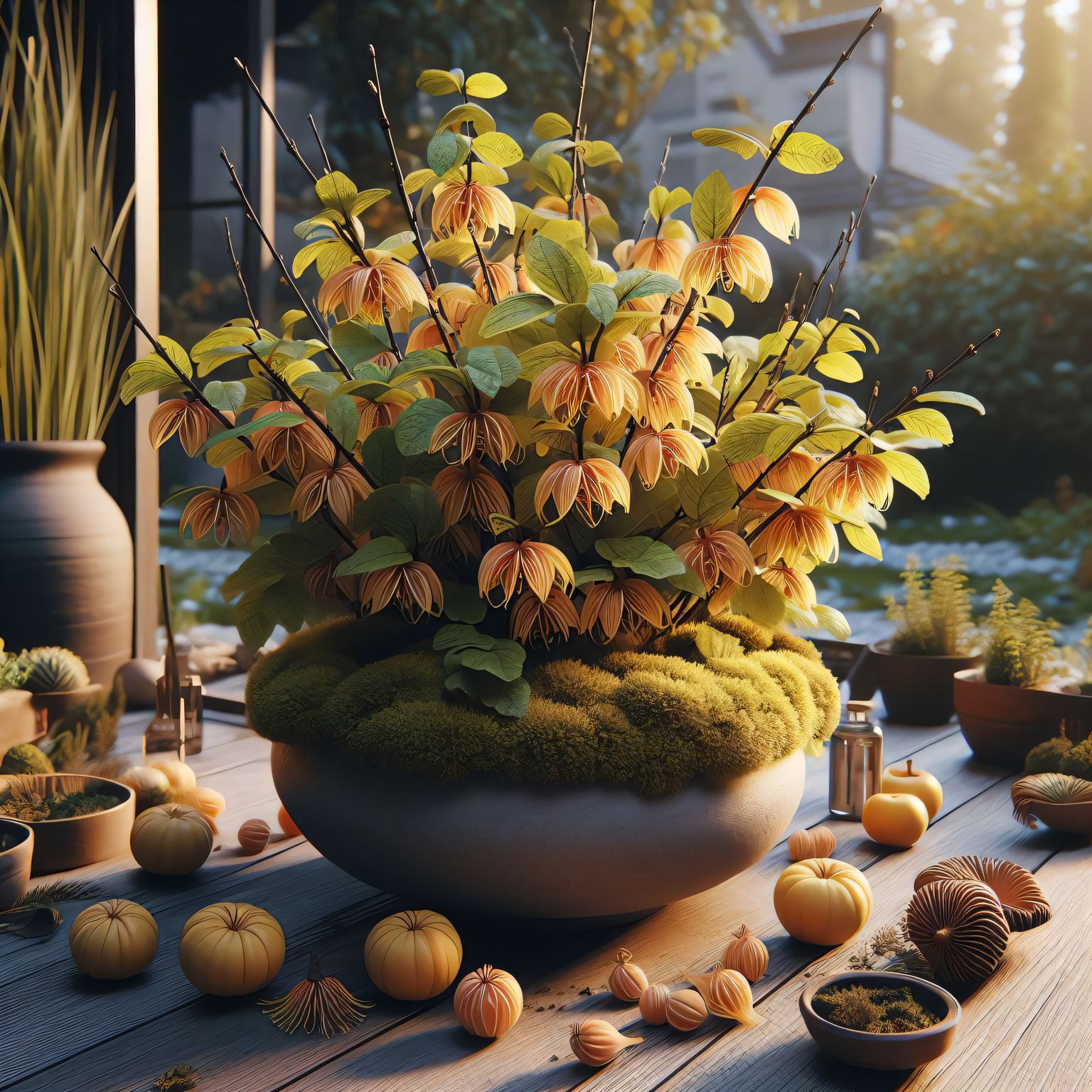
Trees
- River Birch – Attractive peeling cinnamon bark. Drought and heat tolerant. Resists common diseases like leaf spot.

- Eastern Red Cedar – Ideal evergreen screen or windbreak. Tolerates most soils. Does not require pruning. Provides winter food and shelter for birds.

- Sweetbay Magnolia – Fragrant white summer blooms. Tolerates wet and dry soil. Deer resistant. Attracts pollinators.
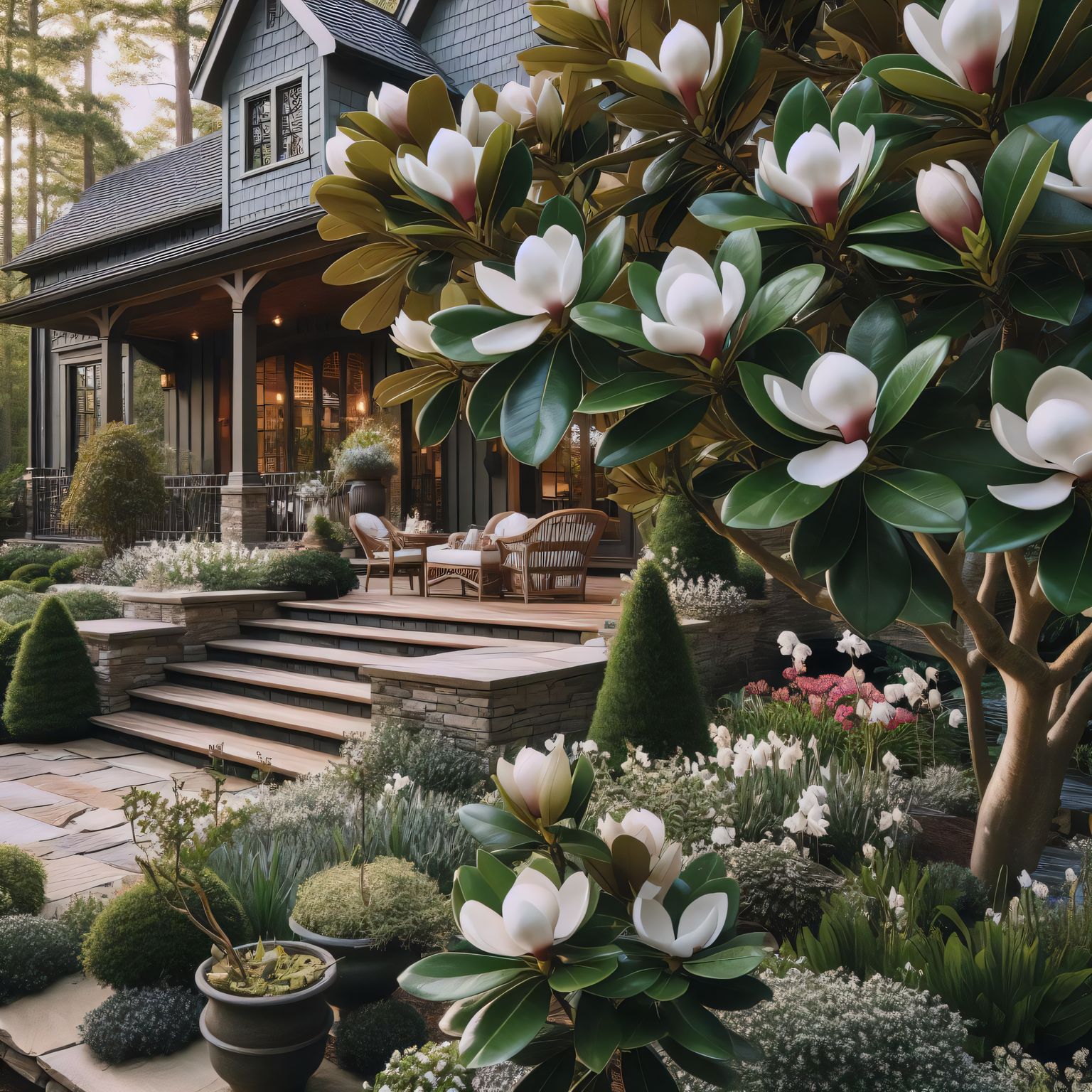
Groundcovers
- Wild Ginger – Deer-resistant shade loving groundcover. Unique heart-shaped leaves and reddish flowers. Tolerates dry shade once established.
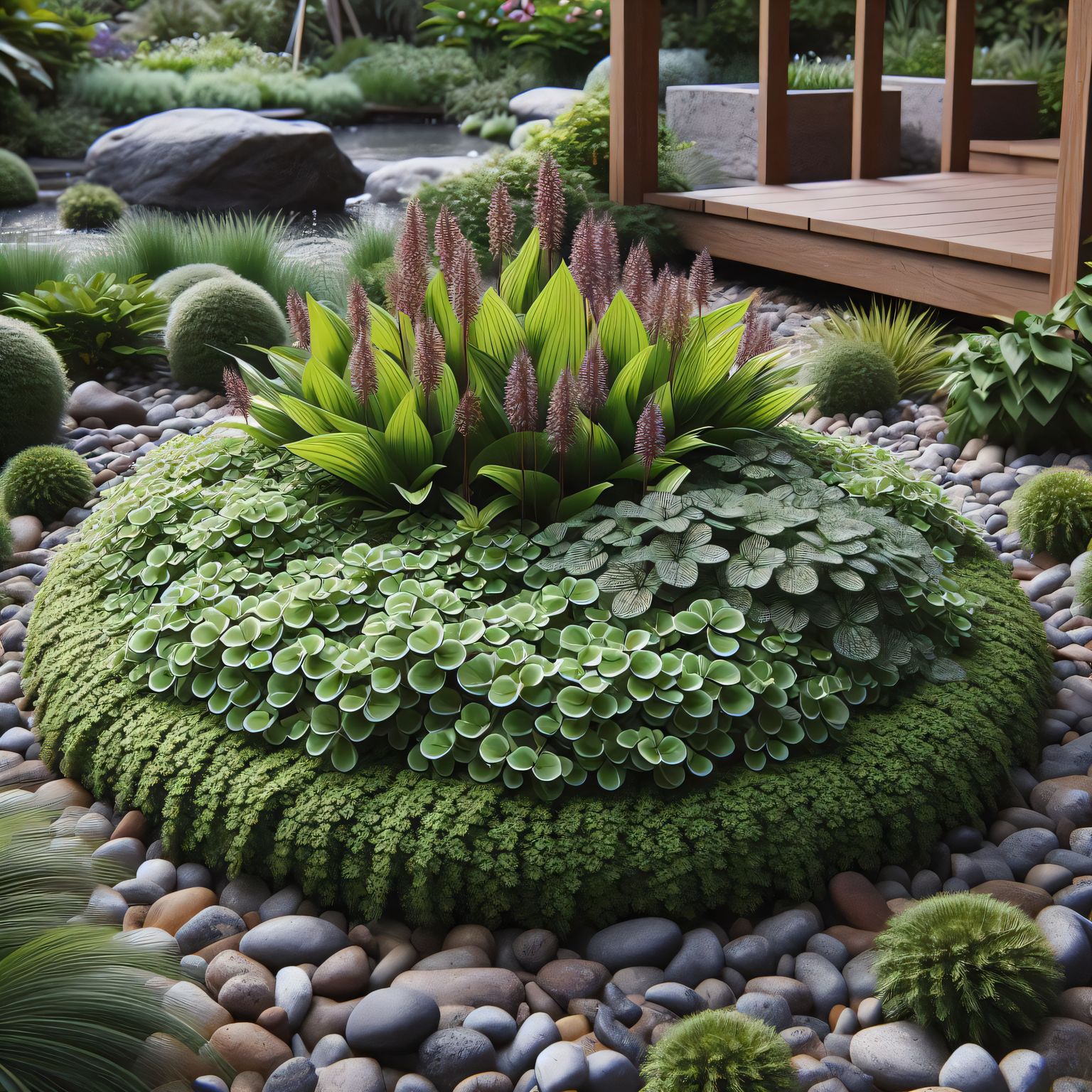
- Pennsylvania Sedge – Grass-like groundcover grows in sun or shade. Tolerates some foot traffic. Provides soil erosion control.
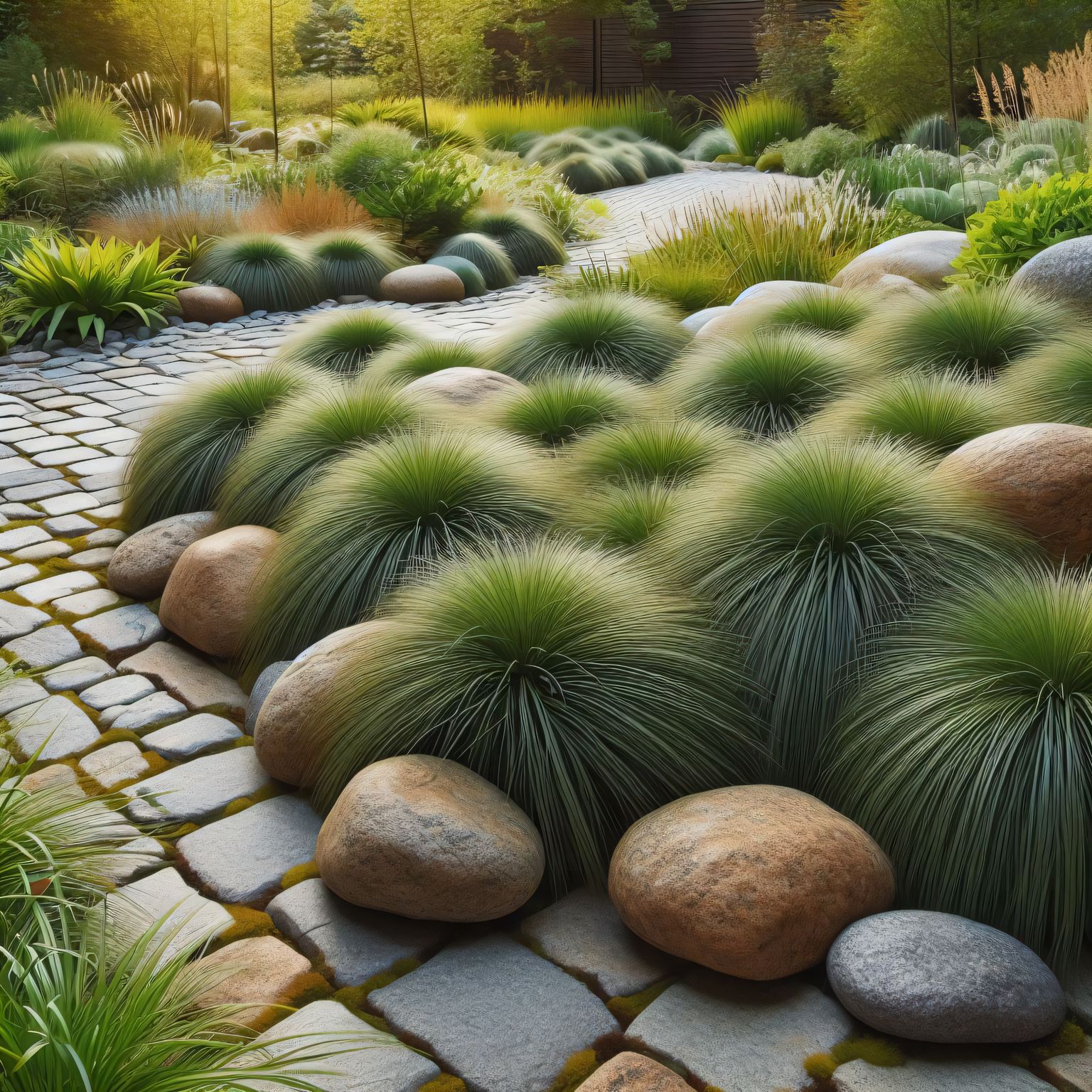
- Moss Phlox – Blankets areas with dense evergreen foliage and pretty blue flowers in spring. Does well in poor soils.

Last Touches: Maintaining Your Low-Care Garden
- Weed regularly – Patrol regularly and remove weeds when small before they overtake beds. Mulch to smother weeds.
- Prune strategically – Remove dead/damaged growth. Prune overgrown plants to improve shape and airflow. Always prune purposefully.
- Check for pests/disease – Catch issues early and use organic/non-toxic treatments if needed. Address serious issues promptly to avoid spread.
- Divide perennials – Rejuvenate overgrown clumps of perennials by dividing every 3-5 years. Discard dying centers and replant healthy pieces.
- Refresh mulch – Maintain 2-4 inch mulch layer to replenish nutrients, suppress weeds, and conserve moisture as existing mulch breaks down.
- Fertilize selectively – Follow package directions. Avoid overapplying. Strategically fertilize stressed or nutrient deficient plants only.
- Adjust as needed – Monitor what works well in your unique garden conditions. Adjust plant choices, watering, and care routines as needed.
Your Low-Maintenance Garden Sanctuary Awaits
Low-maintenance outdoor plants are a blessing to busy individuals and those seeking a garden that thrives with minimal effort. By choosing the right plants, grouping them according to their needs, mulching wisely, watering efficiently, and fertilizing judiciously, you can create a stunning garden oasis that requires minimal upkeep. Embrace the beauty of low-maintenance gardening and revel in the vibrant tapestry of colors, textures, and shapes that these botanical wonders bring to your outdoor space.


